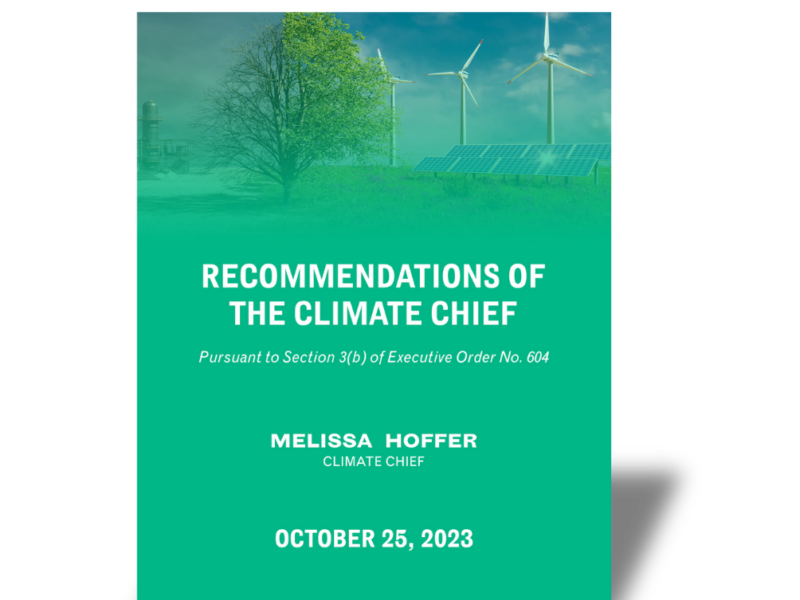Massachusetts is already experiencing the impacts of climate change. If we don’t greatly accelerate our transition to clean energy, these impacts will worsen and we will bear the costs of severe environmental damage, deteriorating public health, and failing infrastructure.
Thankfully, Massachusetts has some of the strongest climate commitments in the nation.
The Next Generation Roadmap Law was signed into law on March 26, 2021, setting ambitious greenhouse gas (GHG) reduction targets and requiring the Commonwealth to reduce our greenhouse gas emissions by at least 50% by 2030. The State Legislature followed the Roadmap Law with An Act Driving Clean Energy and Offshore Wind in 2024, prioritizing offshore wind, transportation electrification, building decarbonization, and economic inclusion. The Healey-Driscoll Administration has also prioritized climate action. In October 2023, Climate Chief Melissa Hoffer released a report containing 39 recommendations focused on advancing climate policy within the Administration.
Now, these laws and recommendations must be implemented. We need to hold our elected and appointed officials accountable to reaching our mandated carbon emission reduction goals.
NetZeroMA.org serves as a public resource for tracking progress toward our climate commitments. We aim to update this website as more information becomes available and as new state laws and recommendations are enacted.
Getting to Net Zero

Tracking the implementation of our Commonwealth’s ambitious climate laws.
Greening State Agencies

Tracking the Administration’s progress on Climate Chief Hoffer’s Recommendations.



